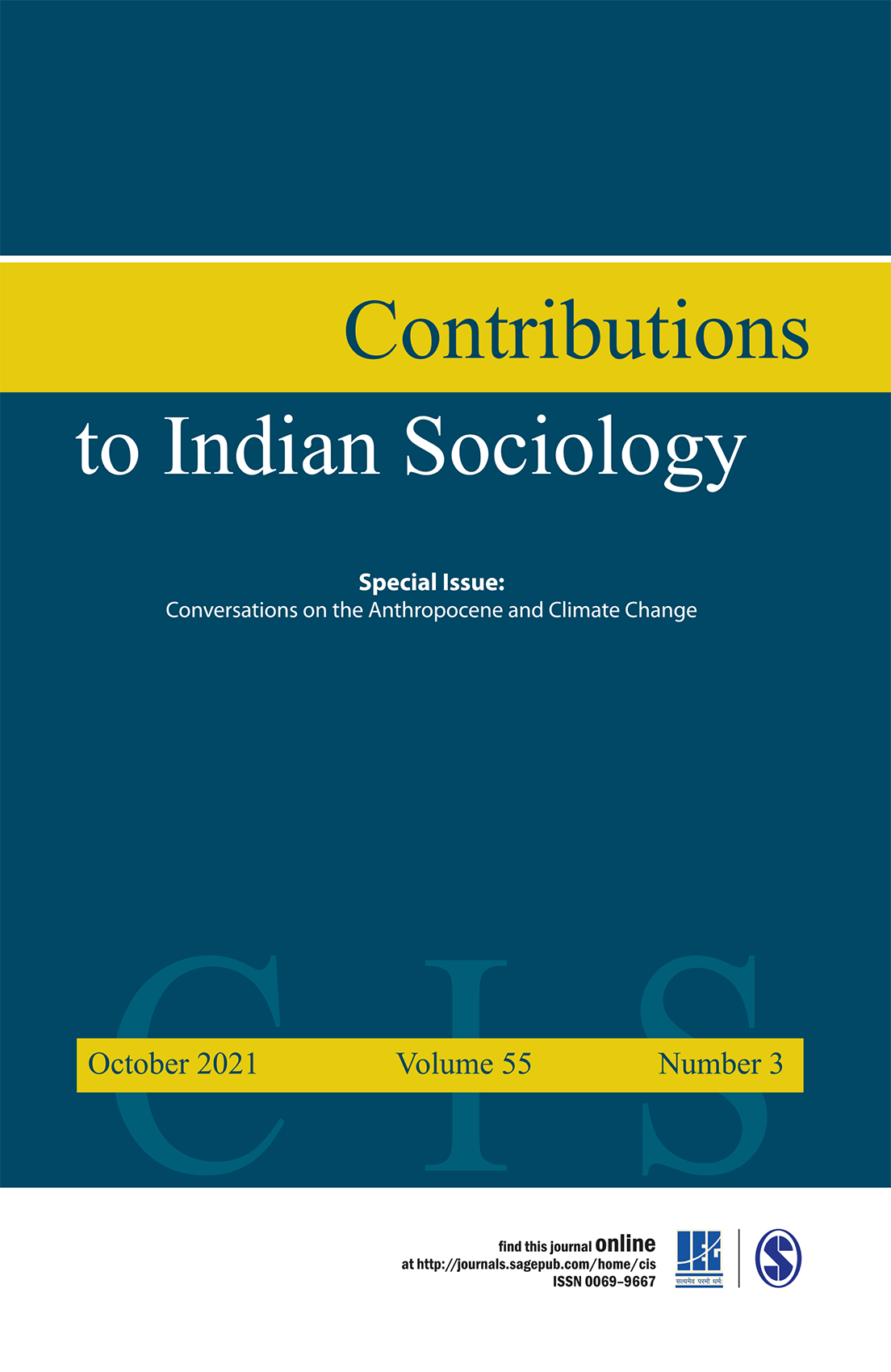
Rethinking Linguistic Unification, Spanning Political Heterogeneity: Karnataka Ekikarana Across British India and ‘Princely’ Karnataka
Working Paper No- 397
In the years after the Partition of Bengal in 1905, the consolidation of linguistic identities emerged as an important assertion of core democratic values positing that governance must be in a language intelligible to the majority. Like other linguistic movements in late colonial India, however, the Kannada Ekikaran movement did not progress either through a linear logic or follow a uniform yardstick. Even as it denoted great democratic potential, it was subject to the influence of clear majoritarian tendencies of visible in the nationalist movement. Attempting to reconcile elite ambitions, popular aspirations and sectarian, caste, religious, and spatial differences, the movement shifted gears through several phases as it worked across multiple territorial jurisdictions, including the demarcations of British India and territories under Princely rule. Focussing on the period between 1860 and 1938, the paper examines the heterogeneous nature of the unification movement across British-Karnataka and two Kannada-speaking Princely States, namely, Mysore in the south and Jamakhindi state in the north of Kannada-speaking region. The analysis explores the ways in which the ruling family of ‘model’ Mysore sought legitmacy in embracing their Kannada heritage; in contrast, the Jamakhandi rulers resisted any concession to linguistic sentiments. The paper shows how, in arriving at mono-lingually indexed territorial entities, the bridging of ‘internal’ frontiers across these divergent political, spatial and territorial contours proved just as crucial as the claiming of dominance over other language groups within an intensely polyglot world.
Contributions in Indian Sociology
May, 2022
Find on this page
Contact Us
Institute of Economic Growth, University Enclave, University of Delhi (North Campus),
Delhi 110 007, India
system@iegindia.org
+91-11-27666364/6367, 27667101/7288/7365/7424
+91-11-27667410


